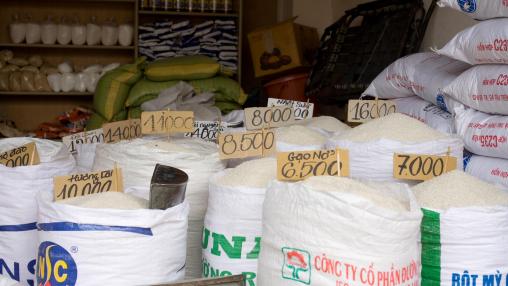
Monthly Report on Food Price Trends Released
The June FAO Monthly Report on Food Price Trends saw mixed trends for international wheat prices in May, but prices generally remained lower than May 2015. The benchmark US wheat price averaged USD 193 per tonne in May; this was down four percent from April and 17 percent below its May 2015 level. The report cites that this drop in price is due mainly to improved global 2016-2017 production prospects. Prices for EU (France), Black Sea, and Argentina wheat all rose slightly in May (by 2.3, 4, and 1.6 percent, respectively), but as noted, remain well below May 2015 levels.
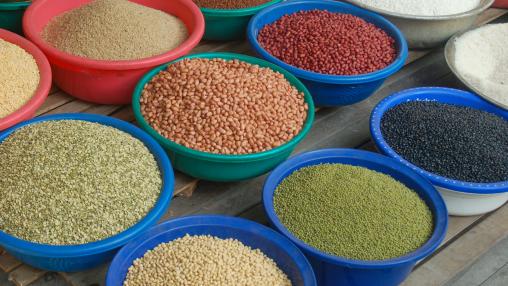
Food Outlook: Biannual Report on Global Food Markets
The FAO’s biannual report on global food markets was released this month. The report provides an overview of global trends for several main agricultural products, including wheat, coarse grains, rice, oilcrops, meat, and milk and fishery products, as well as a special feature on pulses. The report also provides a country-level review of major policy developments for grains, rice, oilcrops, meat, and dairy.
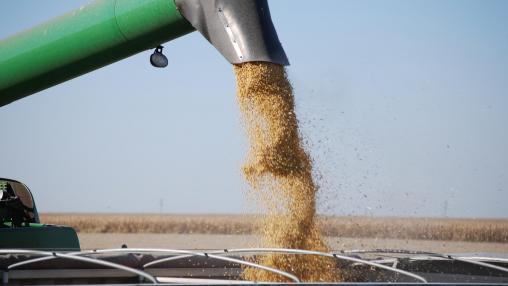
Significant Volatility in Soybeans But Supply and Stocks Still Good
Soybean futures prices have seen a lot of movement in recent weeks, beginning in April when they twice saw record daily trading in combined futures and options volume on the Chicago market. Our early warning excessive food price volatility system has immediately reflected this trend, identifying extreme positive returns, i.e. returns that exceeds the 95% conditional quantile predicted by our NEXQ model . The days in which we observe excessive volatility are identified in the graph below.
Soybean Excessive Food Price Variability
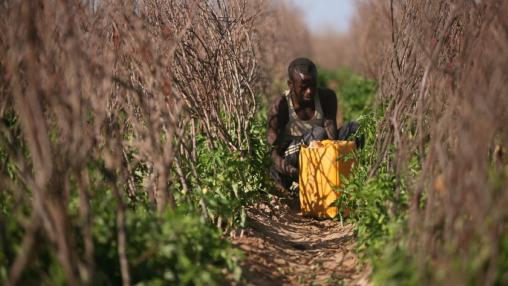
Climate, Water, and the Economy
The effects of climate change vary from region to region, but according to a new study from the World Bank, the majority of the global impact stemming from climate change will come through the water cycle. High and Dry: Climate Change, Water, and the Economy examines how scarce and variable water supplies will interact with growing global populations, rising incomes, and expanding urban areas and how smart policies and investments can reduce or eliminate the negative consequences.
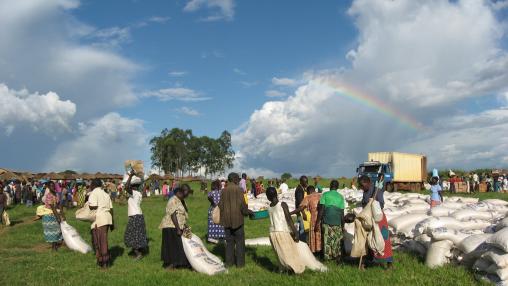
Global Food Assistance Outlook Brief Released
FEWS Net has released the latest Global Food Assistance Outlook Brief , covering projected food needs for November 2016. The report covers forward-looking analysis of projected emergency food needs in covered countries, based on the size of each country's acutely food insecure population and projected length of the lean season.
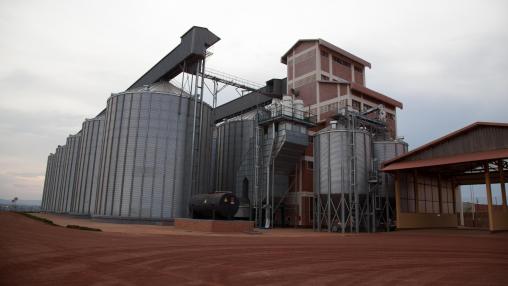
The Business of Agriculture: Best Practices for Sustainable Growth
On May 12, the USAID Agrilinks program held a webinar on a new report released by the World Bank, entitled Enabling the Business of Agriculture 2016: Comparing Regulatory Good Practices . The event examined the report’s key findings and discussed the objectives and future path of the Enabling the Business of Agriculture (EBA) project .
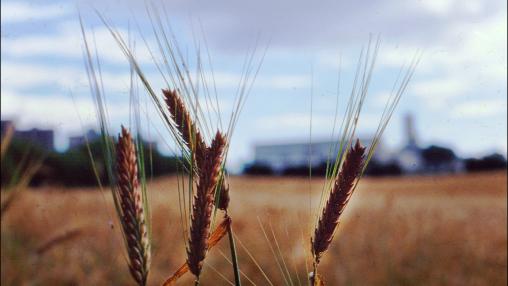
FAO Cereal Supply and Demand Brief Sees Improved Production Prospects, High Stocks
The FAO is predicting 2016 global cereal production to be nearly 2,526 million tonnes, up slightly from production forecasts in April. This slight revision comes mainly from increased wheat production forecasts, which rose 4 million tonnes in May. Much of this increased production is based on improved yield prospects in Europe, which are expected to outweigh the effects of poor weather conditions in India. Growth in anticipated global wheat production remains 16 million tonnes below the record production seen in 2015, however.

Growing Food for Growing Cities
The world’s urban population is growing rapidly. According to a new publication from The Chicago Council on Global Affairs , more people live in urban areas than rural areas today, and by 2060, 66 percent of the world’s population will live in cities. This growth is particularly obvious in developing regions. Africa’s urban population is projected to grow from its current 40 percent to 56 percent by 2050; Asia’s urban population will grow from 48 to 64 percent during the same period, while Latin America’s will rise from 80 to 90 percent.
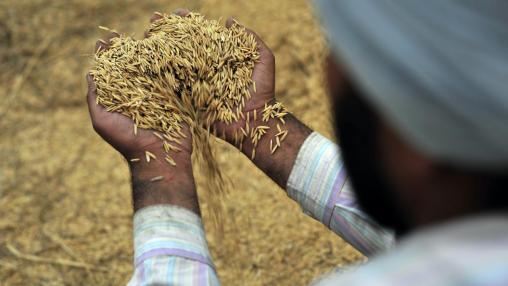
April Saw Mixed Global Wheat Prices, Slightly Higher Maize Prices
International wheat price trends were mixed in April but were still lower than wheat prices seen a year ago, according to the latest Food Price Monitoring and Analysis Bulletin released this week. The price of US hard red winter wheat fell three percent in April as a result of improved production prospects in several key producing areas. Global maize prices were up from March due to increased export demand and concerns about production in South America; however, April maize prices also remained lower than the previous year's levels.
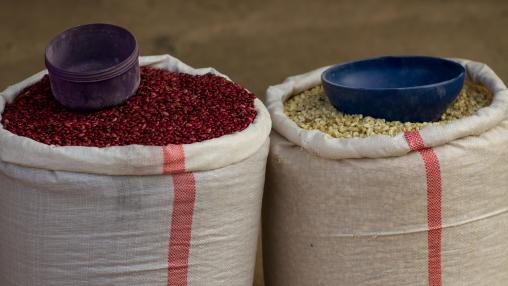
FEWS Net Reports Stable Global Staple Food Prices, Supplies But Varied Country-level Conditions
In the latest Monthly Price Watch , released by FEWS Net on April 29, international prices of maize, wheat, rice, and soybeans were reported stable in March, and below their respective 2015 levels. The report also sees well supplied international markets for these staple foods.